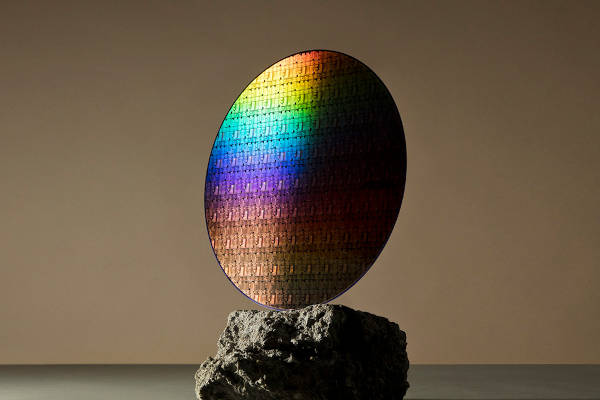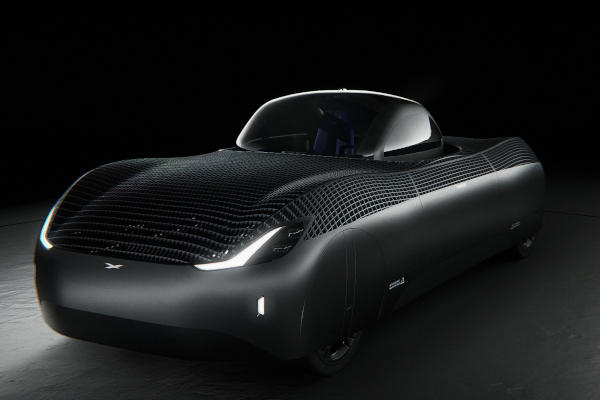IBM and Samsung Introduce Semiconductor with New Vertical Transistor Architecture, Image/IBM
With the ability to reduce energy usage by 85 percent compared to a scaled fin field-effect transistor (finFET), IBM (NYSE: IBM) and Samsung Electronics both recently announced a breakthrough in semiconductor design utilizing a new Vertical Transport Field Effect Transistors, or VTFET which addresses Moore’s Law, the idea that the number of transistors included in a densely populated IC chip will double every two years:
Historically, transistors have been built to lie flat upon the surface of a semiconductor, with the electric current flowing laterally, or side-to-side, through them. With new Vertical Transport Field Effect Transistors, or VTFET, IBM and Samsung have successfully implemented transistors that are built perpendicular to the surface of the chip with a vertical, or up-and-down, current flow.
Developed at the Albany Nanotech Complex in New York, “home to world-leading ecosystem of semiconductor research and prototyping,” the semiconductor demonstrates the path to scaling beyond nanosheet. The discovery of the new vertical transistor will assist the semiconductor industry dramatically make improvements:
- Cell phone batteries that could go over a week without being charged, instead of days.
- Energy intensive processes, such as cryptomining operations and data encryption, could require significantly less energy and have a smaller carbon footprint.
- Continued expansion of Internet of Things (IoT) and edge devices with lower energy needs, allowing them to operate in more diverse environments like ocean buoys, autonomous vehicles, and spacecraft.




